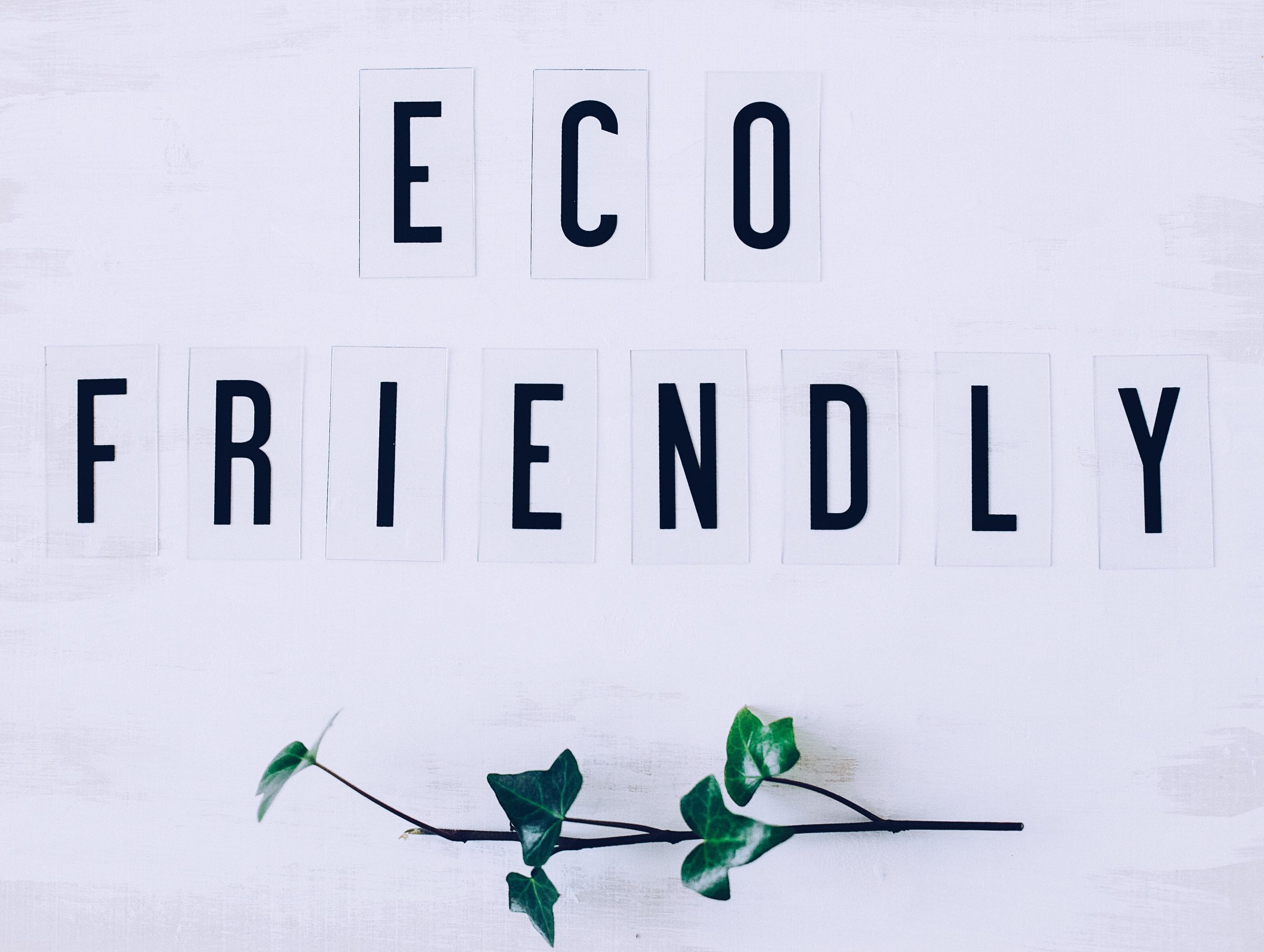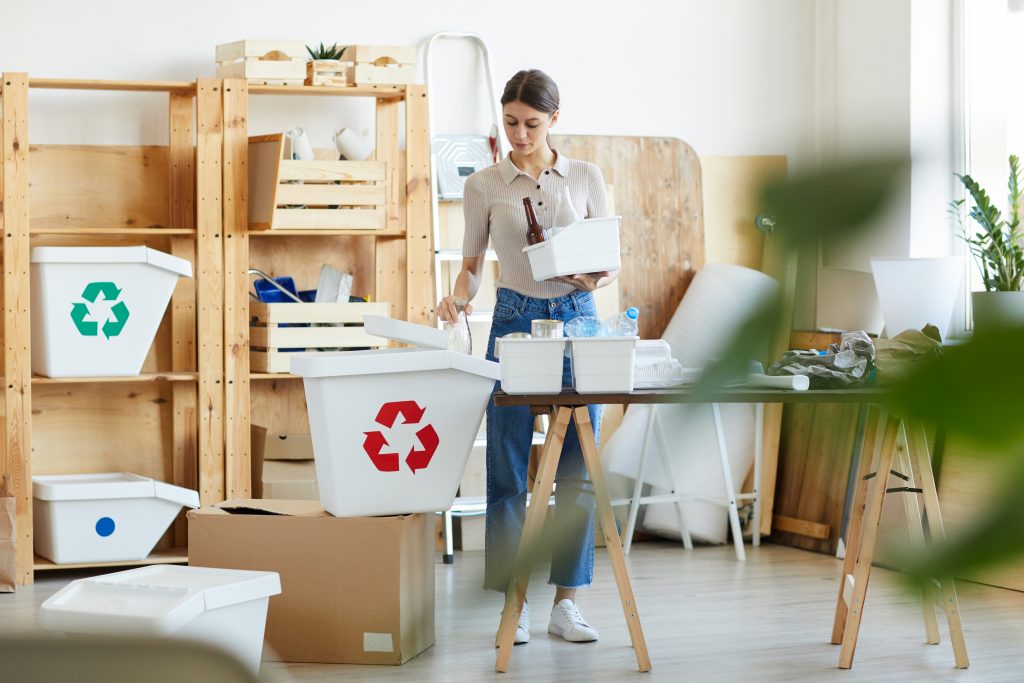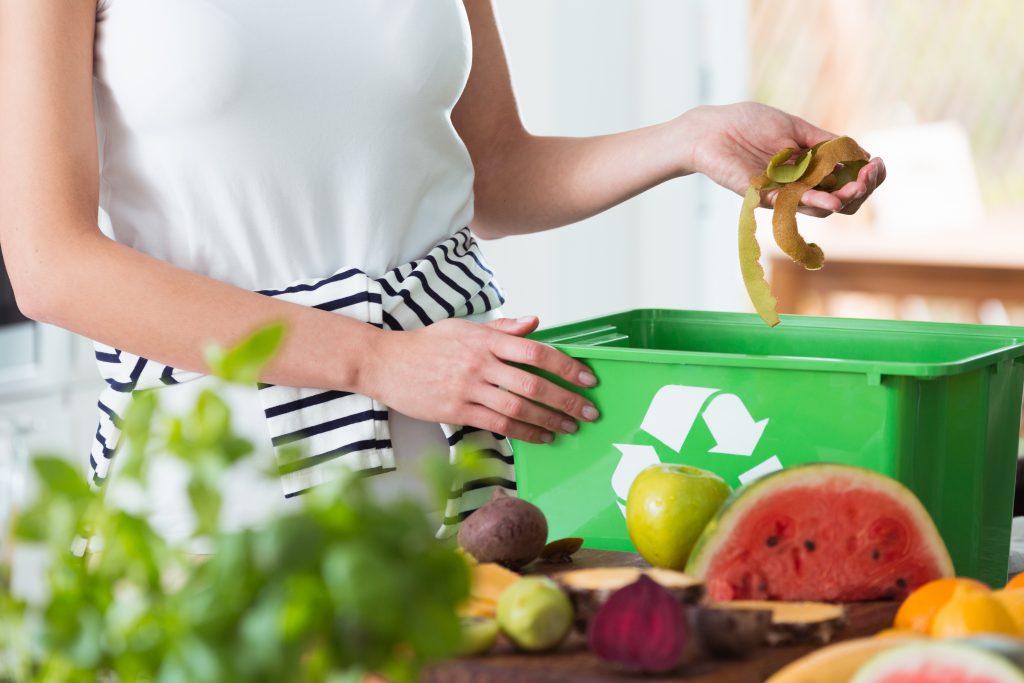Waste & material traceability solution for sustainable facilities

Solid waste management is a comprehensive discipline, including controlling the waste generation, storage, transfer, and disposal in the best way for public health. While the benefits of solid waste management have been realized all over the world, now it’s time for eco-friendly methods to swell. Using these techniques, we can save our precious environment in many ways! Let’s start with the three R’s rule one by one.
Recycling refers to an eco-friendly waste management system that protects the environment and secures the community’s wellbeing. Materials such as plastics, paper, glass, and aluminum can be recycled and reused over and over again. The recycling process begins with sorting household and commercial waste into various categories. Next, all of these materials are sent to the recycling unit to be processed into new materials.

Recycling is crucial to lessen the carbon footprint and contribute toward a healthy environment and sustainability. As recycled products are used in the production of new products, the need for raw materials is eliminated. Furthermore, recycling helps to reduce energy consumption by approximately 20% and sustain an equilibrium.
Here, new paper production with recycling would be an easy and compelling example. How does recycling paper benefits the environment and the economy? By recycling paper, fewer trees are cut down. While greenhouse gas amount is reduced, natural resources are conserved. These environmental facts explain the environmental benefits of recycling paper products, which help diminish deforestation and promote a balance in the environment.
Besides, recycling has a monumental impact on reducing the use of landfills. Although the disposal in landfills is favorable, it is undeniable that landfills pollute the environment by emitting toxic gases such as methane. Hence, recycling decreases the use of landfills to mitigate the generation of methane gas and the greenhouse effect.
According to the Environmental Protection Agency, 42% of the US’s greenhouse gas (GHG) emissions arising from:
In the US, paper and paperboard recycling, at about 44.2 million tons, brought the biggest portion of the total municipal solid waste reduction of 148 MMTCO2E in 2017 (The US Environmental Protection Agency). That is equivalent to removing over 31 million cars from the road for a year. Recycling discards eco-destructive methods and makes the earth a better place to live.
The fact is that some recycling actions are more effective than others. So, here are some tips to help you the next time you recycle:
Definition of waste reduction is pretty simple, lessening or eliminating the number of materials initially used. Reusable serving utensils and trays instead of disposable items are perfect examples of waste reduction. Alternatively, reducing the amount you buy is the most essential of all the options to manage waste wisely. Why is waste reduction important? In fact, if each household mitigates its waste, the global garbage problem will be reduced as well.
Reuse is also preferred as an eco-friendly solid waste management option after waste reduction. Mainly, it refers to using a material again in its current form. Some common examples are household items such as books, clothing, kitchen wares, etc. When we look at the things thrown away, it can be clearly seen that those materials can be reused to solve everyday problems and meet our needs.
After the Three Rs, “reduce, reuse, recycle” rule, which defines a conscious consumer and citizens’ role in waste management, how about turning to more specific solutions?
Using proper garbage disposal units is viable to be classified as eco-friendly waste management. Garbage disposers are suited for common kitchen waste and can shred large waste into smaller chunks that can decompose faster. In other words, waste disposal units facilitate the reduction of waste.
As a specific example, food scraps correspond to more than 20% of waste in the environment. Thus, it would be a critical step to dispose of them in a garbage disposer instead of trash to be turned into renewable energy or fertilizer rather than ending up in a landfill.
As known, plastic bags are commonly used to dispose of food wastes. However, preferring disposal units lessens the amount of plastic bags. So, fewer plastics go into landfills.
Composting indicates organic wastes broken down by microorganisms into simpler forms. The microorganisms utilize the carbon in the waste as an energy source. Similarly, the heat generated eliminates unwanted organisms such as weed seeds and pathogens. Accordingly, composting is one of the oldest and most efficient eco-friendly waste management techniques that limit the negative impacts of waste processes on our environment.

As a striking and differentiating feature, composting for beginners is easy. It can be implemented by individual householders and community groups or on a commercial scale with a compost bin. Overall, this method provides an advantage for reducing waste volume and generating organic matter content that contains carbon and nitrogen in different ratios.
The type of waste is important to be considered during the composting process. Hazardous and inorganic wastes are not suitable for composting. Indeed, a small amount of an unsuitable product may destroy the entire compost. To summarize, the advantages of composting involve:
Hazardous waste is mostly generated by a variety of industrial and commercial activities. The characteristics that define the hazardous waste category is as follows:
Not surprisingly, hazardous waste sites contain substances that harm human health and the environment. Thus, a severe threat occurs about hazardous waste disposal, when it is thrown away with other waste categories and becomes mixed with non-hazardous waste in a landfill. That may cause air, water, and soil pollution and even more damage. In short, hazardous waste should never be disposed of in landfills. At this point, it can be argued that well-planned and properly formed hazardous waste sites are another environmentally responsible waste management method.
Since “eco-friendly” represents a sustainable and developed approach to managing processes, each eco-friendly method mentioned above is actually a part of the recommendations to improve solid waste management. The best way to do this is to choose Evreka, which has proven its success all over the world, prioritizing customer satisfaction as well as caring about environmental problems and sustainability!
Learn how you can improve your solid waste management operations with our intelligent solutions by watching this video and booking a demo.